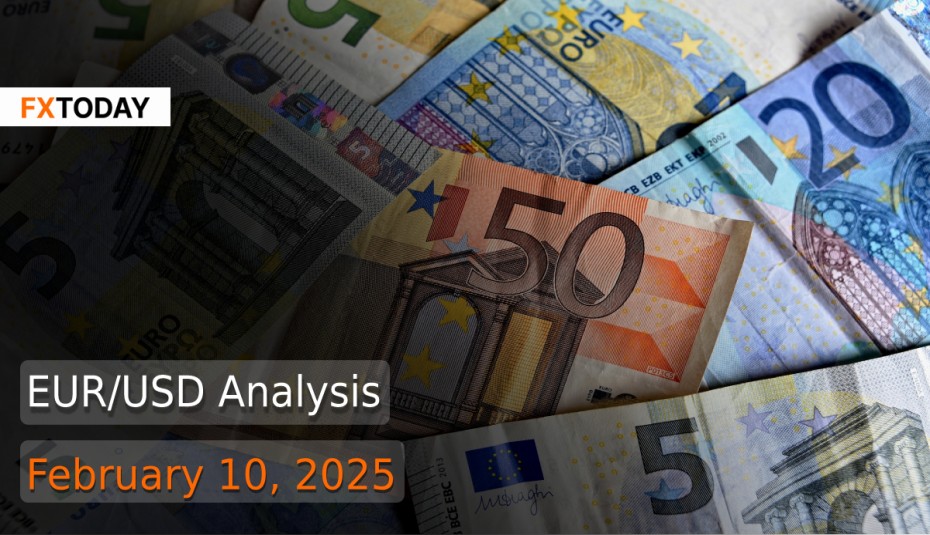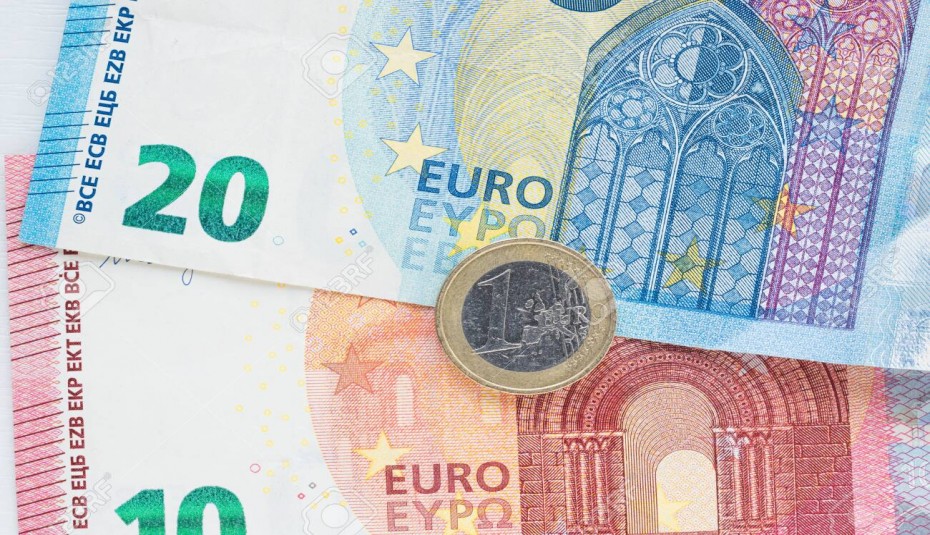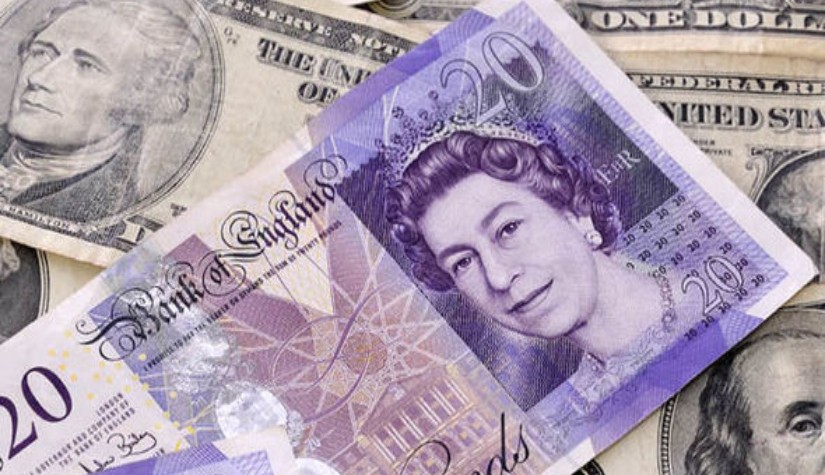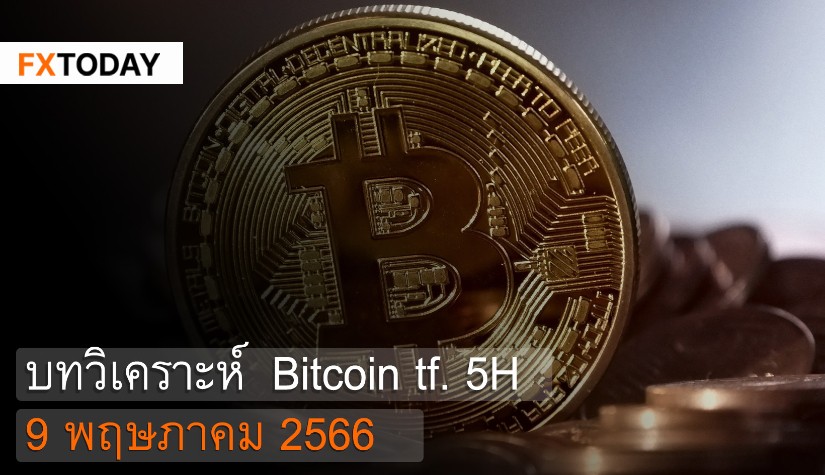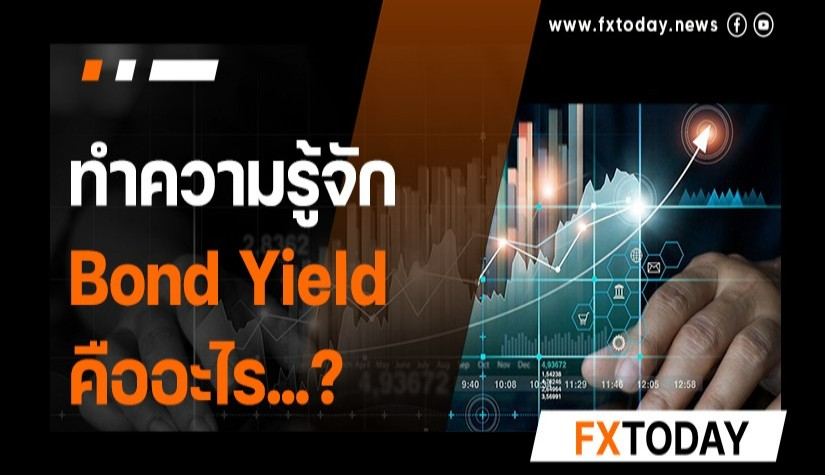ECB Signals Possible Interest Rate Cuts as Eurozone Economic Outlook Remains Mixed
The European Central Bank (ECB) signaled that multiple interest rate cuts may still be necessary before reaching a level that no longer hampers economic growth. According to its latest economic bulletin, the neutral deposit rate—the level at which monetary policy neither stimulates nor restricts growth—is estimated to be between 1.75% and 2.25%. This figure is slightly lower than the 1.75% to 2.5% range previously mentioned by ECB President Christine Lagarde, sparking speculation about further rate reductions. With the current deposit rate at 2.75%, two additional 25-basis point cuts would be required to reach the upper limit of the neutral rate range. Market analysts anticipate at least three or four cuts this year, citing weak economic growth as a driving concern.
The Eurozone’s economic outlook remains mixed. While inflationary pressures persist, growth has stagnated. In January, headline inflation edged up to 2.5% from 2.4% in December due to rising energy costs, but core inflation remained steady at 2.7%. The ECB recently lowered borrowing costs for the fourth consecutive time and hinted at further reductions, as inflation is projected to return to 2% by late summer. Adding to economic uncertainty, global trade tensions—particularly U.S. President Donald Trump's threats of tariffs on the European Union—pose additional risks. Potential trade restrictions could slow growth by reducing demand for European exports, while retaliatory measures could push up domestic inflation by increasing import costs.
Recent Eurozone economic data presents a mixed picture. Business activity showed signs of recovery at the start of the year, with the composite Purchasing Managers’ Index (PMI) rising to 50.2 in January, just above the threshold indicating expansion. Growth in the services sector offset ongoing weakness in manufacturing, which continues to struggle due to weaker demand from China and concerns over trade tariffs. In Germany, exports rose unexpectedly in December, but industrial production declined more than anticipated, reinforcing concerns about broader economic conditions.
European Union policymakers are also considering revising fiscal rules to allow increased government spending on defense without violating budget constraints. With rising geopolitical tensions, particularly Russia’s ongoing war in Ukraine, EU leaders are pushing for more flexibility in military spending. A proposal from Poland suggests expanding the definition of defense investment to include capital support for arms production and dual-use infrastructure. Such changes could exempt certain defense expenditures from EU fiscal limits, providing governments with greater room for spending.
Meanwhile, the U.S. dollar strengthened in volatile trading on Friday following a report showing slower job growth in January but a drop in the unemployment rate to 4.0%. The data suggests the Federal Reserve may delay interest rate cuts until at least June. The dollar also gained support from President Trump’s announcement of forthcoming reciprocal tariffs on multiple countries. Despite this short-term boost, the dollar index was still set for a weekly decline as investor concerns about a global trade war subsided.
The latest employment report from the Bureau of Labor Statistics (BLS) revealed that nonfarm payrolls increased by 143,000 in January, well below December’s revised 307,000 and economists’ expectations of 170,000. Wage growth remained robust, with average hourly earnings rising 0.5%, exceeding the forecasted 0.3%.
Despite weaker job growth, the Federal Reserve is unlikely to rush into interest rate cuts. The resilience of the labor market continues to support consumer spending and overall economic stability. However, concerns persist that Trump’s immigration policies and proposed tariffs on imported goods could weigh on both the labor market and economic growth in the coming months. Additionally, inflation expectations have surged, with the University of Michigan reporting the highest one-year inflation outlook since November 2023. The fear of rising prices complicates the Fed’s policy decisions. Consumer sentiment unexpectedly declined in February, falling to a seven-month low as Americans grew more concerned about the economic impact of Trump’s tariff threats.
In the broader economy, U.S. wholesale inventories declined in December, reflecting strong sales but also weighing on overall economic growth. Inventories, a key component of GDP, fell 0.5%, in line with expectations, while wholesale sales increased by 1.0%. The decline in inventory investment contributed to the economy’s slower 2.3% growth rate in the fourth quarter, down from 3.1% in the previous quarter.
Meanwhile, U.S. Treasury Secretary Scott Bessent attempted to reassure markets, emphasizing that while Trump favors lower interest rates, the administration will not pressure the Federal Reserve to cut them. Instead, they are focusing on managing the 10-year Treasury yield.
Following the jobs report, analysts at Macquarie revised their outlook, now expecting the Federal Reserve to keep interest rates unchanged for the rest of the year. While the report showed weaker job growth, it also reinforced economic resilience. As a result, the EUR/USD is likely to face downward pressure in the short term due to diverging monetary policy expectations. Despite some signs of economic resilience in the Eurozone, persistent weakness in manufacturing and mixed inflation data suggest limited upside for the euro.
Data for Technical Analysis (1D) CFD EUR/USD
Resistance : 1.0314, 1.0321, 1.0332
Support : 1.0292, 1.0285, 1.0274
1D Outlook
Source: TradingView
Buy/Long 1 If the support at the price range 1.0252 - 1.0292 is touched, but the support at 1.0292 cannot be broken, the TP may be set around 1.0321 and the SL around 1.0232, or up to the risk appetite.
Buy/Long 2 If the resistance can be broken at the price range of 1.0314 - 1.0354, TP may be set around 1.0367 and SL around 1.0272, or up to the risk appetite.
Sell/Short 1 If the resistance at the price range 1.0314 - 1.0354 is touched, but the resistance at 1.0314 cannot be broken, the TP may be set around 1.0292 and the SL around 1.0374, or up to the risk appetite.
Sell/Short 2 If the support can be broken at the price range of 1.0252 - 1.0292, TP may be set around 1.0238 and SL around 1.0334, or up to the risk appetite.
Pivot Points Feb 10, 2025 02:52AM GMT
|
Name
|
S3
|
S2
|
S1
|
Pivot Points
|
R1
|
R2
|
R3
|
|---|---|---|---|---|---|---|---|
| Classic | 1.0263 | 1.0274 | 1.0292 | 1.0303 | 1.0321 | 1.0332 | 1.035 |
| Fibonacci | 1.0274 | 1.0285 | 1.0292 | 1.0303 | 1.0314 | 1.0321 | 1.0332 |
| Camarilla | 1.0302 | 1.0305 | 1.0307 | 1.0303 | 1.0313 | 1.0315 | 1.0318 |
| Woodie's | 1.0267 | 1.0276 | 1.0296 | 1.0305 | 1.0325 | 1.0334 | 1.0354 |
| DeMark's | - | - | 1.0298 | 1.0306 | 1.0327 | - | - |
Sources: Investing 1, Investing 2

